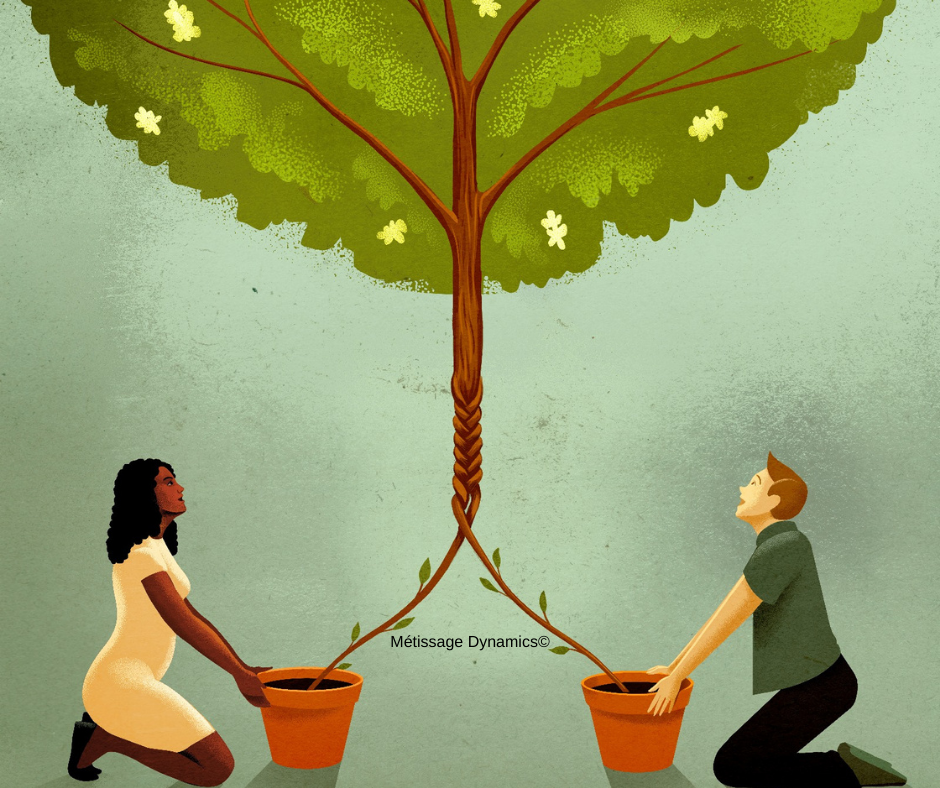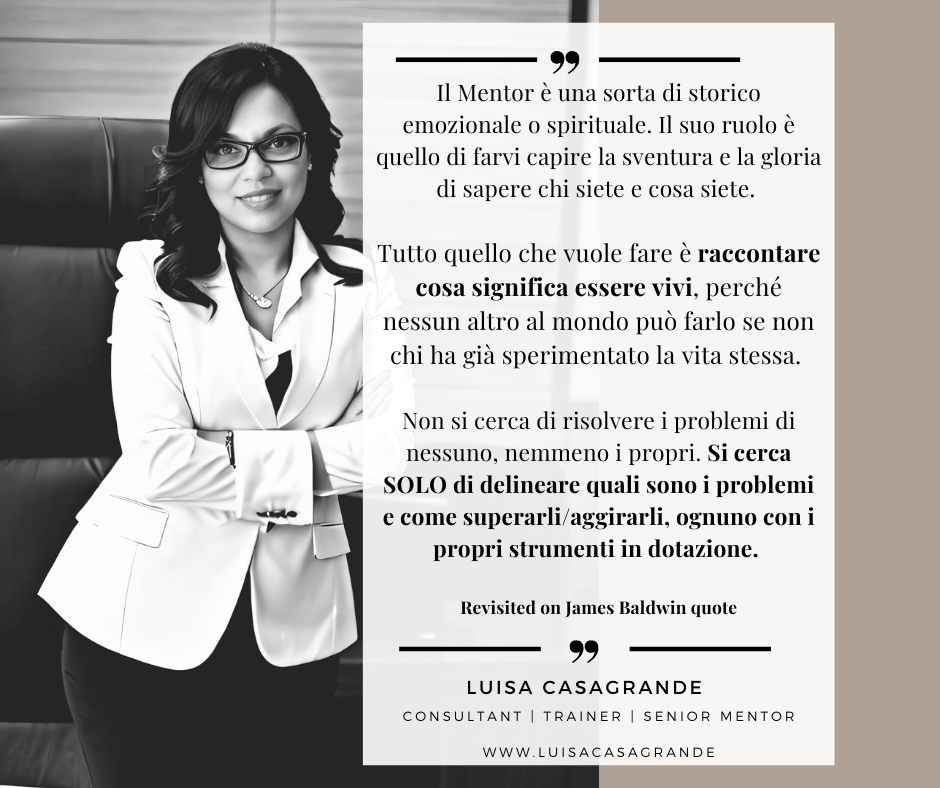
Illustrazione di Marco Melgrati per Métissage Sangue Misto
Approaching “the other” (the “infinitely transcendent”, “infinitely foreign”, “infinitely distant, “irreducibly strange”) requires culture because human nature, particularly in its instinctive form, often gravitates toward protecting the self and maintaining social cohesion within familiar groups. These instincts – shaped by evolutionary survival mechanisms – can lead to discomfort, fear, or even rejection of those who are perceived as different, strange, or unfamiliar. “The other” can refer to anyone who is outside the immediate social or cultural group, someone whose differences challenge the boundaries of what we consider “normal.”
The idea that caring and showing compassion for others who may be perceived as different or “unclean”—requires a conscious effort is rooted in the human tendency to react instinctively based on fear or discomfort when faced with things that challenge our sense of normalcy. When it comes to visible inacceptable conditions, the reaction is often one of disgust, repulsion, or avoidance, as it disrupts our understanding of health, beauty, and social norms. These reactions are not inherently “unnatural,” but they are evolutionary responses designed to protect the individual and group from perceived threats.
However, these initial instinctual reactions are shaped by culture and society, which teach us how to respond differently, more compassionately, and with greater understanding. Culture teaches us how to navigate social interactions, how to interpret differences, and how to approach others. Culture provides a set of norms, values, and ethical frameworks that allow individuals to engage with “the other” in a way that acknowledges their humanity and worth. For example, teachings in various religious and philosophical traditions encourage empathy, kindness, and respect for all people, regardless of their differences.
Culture enables us to move beyond the immediate, visceral reactions to difference by providing narratives that humanize the “other.” This process allows us to see beyond physical appearance, cultural backgrounds, or social status and recognize shared human dignity. For instance, many religious teachings emphasize that all humans are made in the image of God, creating a spiritual and ethical imperative to treat all people with respect.
Cultural systems, including education, religion, and philosophy, encourage individuals to develop beyond their raw, instinctive tendencies toward exclusion. Ethical systems provide principles that promote understanding, kindness, and inclusivity. This moral development requires deliberate effort to challenge biases, expand one’s worldview, and embrace diversity.
Ultimately, culture helps reshape instinctive behaviors and encourages the kind of work on oneself that leads to greater understanding, empathy, and acceptance. Through culture, individuals are taught to transcend their basic impulses and learn to engage with others in a way that is constructive, compassionate, and affirming of human dignity.
How do we do the “work” on ourselves?
Self-Awareness and Reflection. The first step is recognizing that you have biases and instincts that might lead to discomfort or exclusion. Self-awareness is the process of acknowledging these reactions without judgment. It’s important to reflect on why certain differences – whether they’re based on appearance, social class, or cultural background -trigger negative emotions.
Empathy and perspective-taking. The work of approaching “the other” involves consciously making an effort to understand their experiences, challenges, and humanity. Cultivating empathy is key to breaking down barriers. By putting yourself in someone else’s shoes, you can see the world from their perspective, which softens judgment and increases compassion.
Engagement with diverse experiences. Exposure to people from different backgrounds, cultures, or worldviews is a powerful way to reshape your understanding. Through conversations, relationships, and experiences, you learn that the differences you once feared or rejected are often not as significant as they seemed. The more you engage with “the other,” the less you see them as an outsider and the more you realize the shared experiences that bind humanity together.
Critical Thinking and Deconstructing Bias. Recognizing and challenging stereotypes and prejudices requires critical thinking. Reflecting on where biases come from (media, upbringing, etc.) and questioning the assumptions you hold can lead to greater openness. The work on yourself involves examining whether these assumptions are fair, informed, or rooted in unexamined cultural norms.
Practicing compassion and kindness. Finally, culture teaches us that compassion is not just a feeling but an action. Being deliberate in your kindness – reaching out to others, helping, offering understanding -reinforces a cultural attitude of inclusion and care. It’s one thing to recognize someone as human; it’s another to actively support and engage with them.
Luisa Casagrande | Senior Mentor & Trainer Métissage Dynamics© | Autrice di
We develop experiences that make people’s lives simple.

